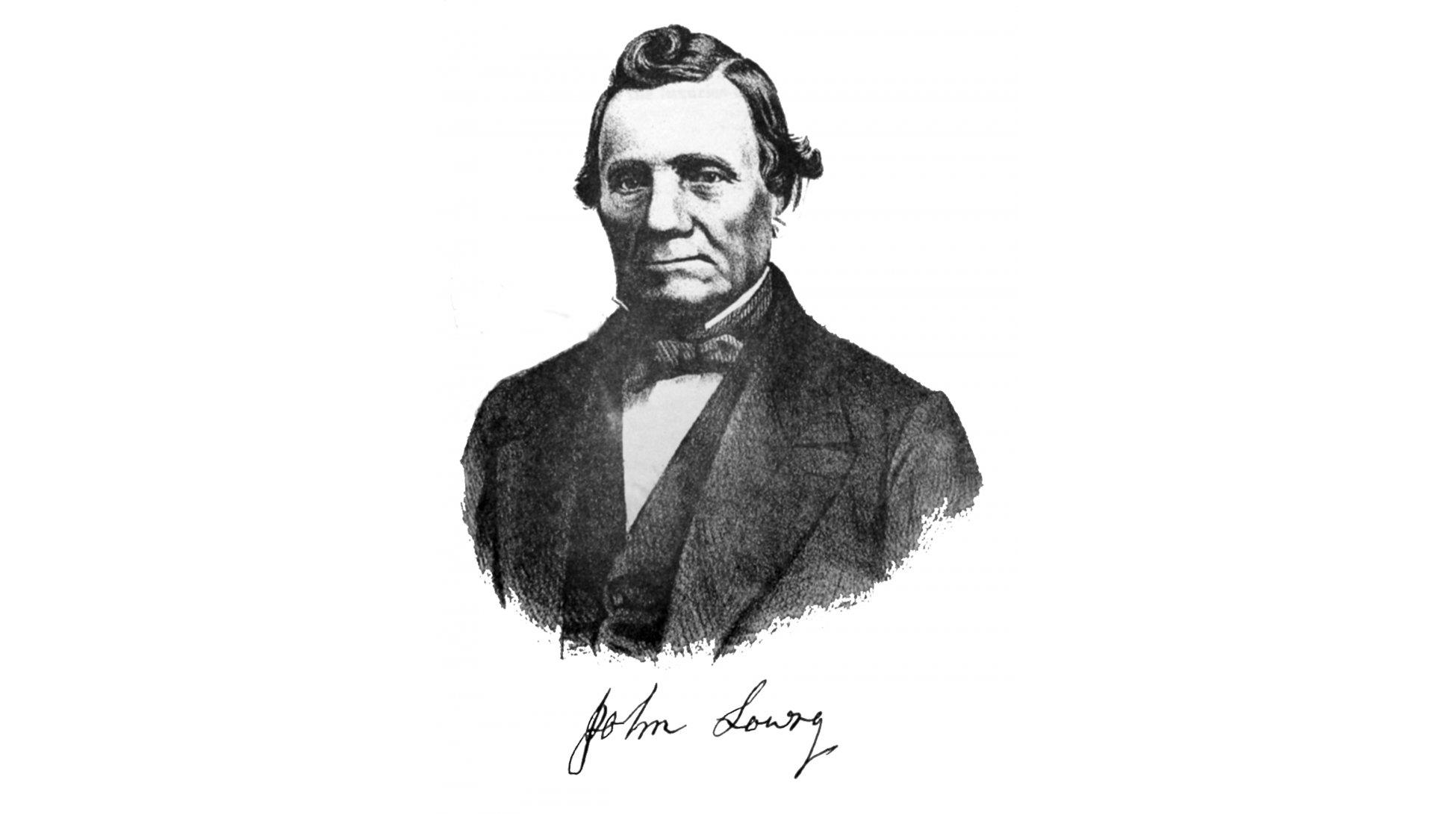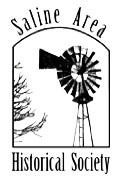Underground Railroad
CROSSROADS OF FREEDOM: The Underground Railroad in the Saline, MI Area
A much longer document with this title was prepared for educational purposes by Carol Mull and Susan Kosky and a team of assistants. The authors state explicitly that the report, including any portion of it, is not to be published in any form without their written permission. This warning appears at the start of the treatise. Permission was granted to the Saline Area Historical Society to place this review on our website.
In 2005, a grant was awarded to a group of researchers to document the Underground Railroad in Saline, Michigan. The grant came from CARES, a funding source associated with the Saline School District. The district's boundaries were used as the perimeter of the research. This includes most of Lodi, Saline, Pittsfield, and York Townships, as well as the City of Saline.
Research for this project focused primarily on those individuals for whom connections were found to the Underground Railroad or who were documented to have been involved in the anti-slavery activities. There very well may have been other men and women involved in helping freedom seekers, providing food or clothing or aiding missionary groups. Research into what was often a clandestine activity 200 years ago is challenging today, to say the least.
The full report, which is based on verifiable research and documentation of anti-slavery and Underground Railroad activity in the Saline area, can be found at the Saline District Library. It also includes background information on the Underground Railroad in general and more specifically, in Michigan. Readers, especially those with a scholarly bent, are encouraged to visit the Local History Room at the Saline District Library, 555 N. Maple Road, Saline, MI.
Michigan played a vital role in the Underground Railroad. Freedom seekers traveled and came into the state from every direction. The research team discovered and documented that many routes were taken, and that routes changed with events, population shifts, and new modes of transportation. Records of abolitionists in Michigan indicate there was a loosely organized system of sending escaping slaves across the state as early as the mid-1830s.
For the sake of organization, people and events have been placed within the context of their respective township. In reality, they most likely formed a "network of freedom."
In 2005, a grant was awarded to a group of researchers to document the Underground Railroad in Saline, Michigan. The grant came from CARES, a funding source associated with the Saline School District. The district's boundaries were used as the perimeter of the research. This includes most of Lodi, Saline, Pittsfield, and York Townships, as well as the City of Saline.
Research for this project focused primarily on those individuals for whom connections were found to the Underground Railroad or who were documented to have been involved in the anti-slavery activities. There very well may have been other men and women involved in helping freedom seekers, providing food or clothing or aiding missionary groups. Research into what was often a clandestine activity 200 years ago is challenging today, to say the least.
The full report, which is based on verifiable research and documentation of anti-slavery and Underground Railroad activity in the Saline area, can be found at the Saline District Library. It also includes background information on the Underground Railroad in general and more specifically, in Michigan. Readers, especially those with a scholarly bent, are encouraged to visit the Local History Room at the Saline District Library, 555 N. Maple Road, Saline, MI.
Michigan played a vital role in the Underground Railroad. Freedom seekers traveled and came into the state from every direction. The research team discovered and documented that many routes were taken, and that routes changed with events, population shifts, and new modes of transportation. Records of abolitionists in Michigan indicate there was a loosely organized system of sending escaping slaves across the state as early as the mid-1830s.
For the sake of organization, people and events have been placed within the context of their respective township. In reality, they most likely formed a "network of freedom."

Capt. John Lowry
Carol Mull and Susan Kosky approach the so-called railroad by laying out the communities and individuals within each community for whom they found documentation. Names and places for which documentation could not be found are stated as such. The report covers the townships of Bridgewater, Lodi and the Presbyterian Church, Saline, Pittsfield, York, and the City of Saline and includes maps and photographs.
Intriguing names such as Moses and Pebses Bartlett, Capt. John Lowry, Timothy Hunt, Sellick Wood, Eli and Ann Benton, the Reverends John G. Kanouse, Ira M. Weed, Glover and John W. Brooks, as well as Asher and Catherine Aray, William Webb Harwood, Mehitable and Roswell Preston, Jr., Horace Carpenter, Francis M. Lansing, Isaac Elliot, Sylvanus L. and Mary Bartlett Hull are a few of those subjected to the intense research by Mull and Kosky. See also: Jacob and Asher Aray in Pittsfield
The Saline Area Historical Society is indebted to this team of historic preservationists for the scholarly document they have produced and made available to readers.
A newly released book, The Underground Railroad in Michigan by Carol E. Mull came out in July 2010. It's a beautiful hardcover book with 34 photos, maps, glossary, appendices, notes, bibliography, and index with 223 pages.
The Saline Area Historical Society is indebted to this team of historic preservationists for the scholarly document they have produced and made available to readers.
A newly released book, The Underground Railroad in Michigan by Carol E. Mull came out in July 2010. It's a beautiful hardcover book with 34 photos, maps, glossary, appendices, notes, bibliography, and index with 223 pages.
- "I highly recommend Mull's excellent book for people interested in the Michigan Underground Railroad and the abolitionist movement, as well." Owen W. Muelder, Director Knox College Underground Railroad Center.
- "After a decade of investigation, Carol Mull has produced the most thorough treatment of the Underground Railroad in Michigan to date. Her carefully researched study is packed with a wealth of information not only about antislavery networks in Michigan, but also about the related areas of Ohio, Indiana, Illinois, and Ontario, Canada. Mull's book is worthwhile reading for anyone who wants to learn about this tumultuous chapter of our stat, regional, and national history." Tiya Miles, Assoc. Professor of History and Afro-American & African Studies, University of Michigan, Ann Arbor.
- Carol E. Mull is a founding member of the Michigan Freedom Trail Commission, whose members are charged with furthering the chronicling of the Underground Railroad in Michigan. Her article, The Michigan Freedom Trail was published in the Afro-American History and Genealogical Society, Vol. 22 #2, 2004.
- Susan Kosky is the author of Saline in the 19th Century and she co-authored Michigan Historic Cemeteries Preservation Guide with Gladys Saborio, Kathleen Glynn and Gregg King.
